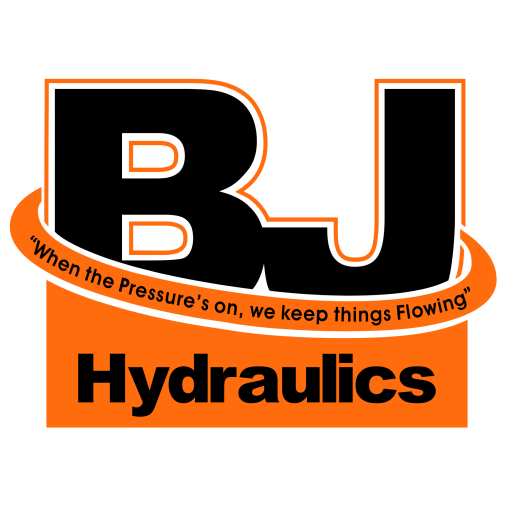Hydraulic motors play a crucial role in various applications, powering everything from water pumps to Bobcat loaders. In this blog post, we’ll delve into the fascinating world of hydraulic motors, examining different types and shedding light on key considerations for optimal performance and longevity.
Gear Motors in Action:
Let’s begin our exploration with the ubiquitous gear motor. Often found in airseeders, these motors are easily identifiable by the equal-sized ports on both sides. A distinctive feature is the acasedrain on the back cover, a common component in hydraulic motor setups. The blog post explains the importance of a run-on check assembly to prevent fast braking actions that could damage the motor during sudden oil flow stoppages.
Bent Axis Piston Motors:
Moving on, the blog introduces the bent axis piston motor, a fixed displacement motor with similar principles to the gear motor. This section emphasizes the necessity of case drains, especially when connecting motors in series. The post also educates readers on displacement values, using an 11.8 cc motor as an example.
Wheel Motors: Girola and Agerotor Motors:
The spotlight then shifts to wheel motors, specifically the girola motor commonly found in front-end loaders like Bobcats. A girola motor, illustrated through a disassembled example, showcases the intricate components and the importance of proper maintenance. The blog touches on the potential issues that arise when side loads are applied to the shaft, emphasizing the need for outrigger bearing assemblies.
Failure Analysis and System Pressures:
The post provides insights into hydraulic motor failures, explaining the common occurrence of broken components, such as the dog bone, during complete motor stoppages. It emphasizes the significance of understanding system pressures and selecting appropriate relief mechanisms to protect hydraulic motors from damage.
Choosing the Right Motor for the Job:
The final sections of the post guide readers on selecting the right hydraulic motor for their applications. Differentiating between motor types based on speed capabilities and system pressures is highlighted. Practical advice is given for customers visiting hydraulic shops, encouraging them to inquire about relief mechanisms to safeguard their machinery.
Conclusion:
In conclusion, this blog post serves as a comprehensive guide to the diverse world of hydraulic motors. From gear motors to bent axis piston motors and wheel motors, readers gain valuable insights into the intricacies of these essential components. Understanding the importance of maintenance, system pressures, and relief mechanisms will empower individuals to make informed decisions and ensure the longevity of their hydraulic systems. For further expertise and support, the post encourages readers to seek assistance from specialists like BJ Hydraulics, who can minimize downtime and expenses associated with hydraulic system issues.

